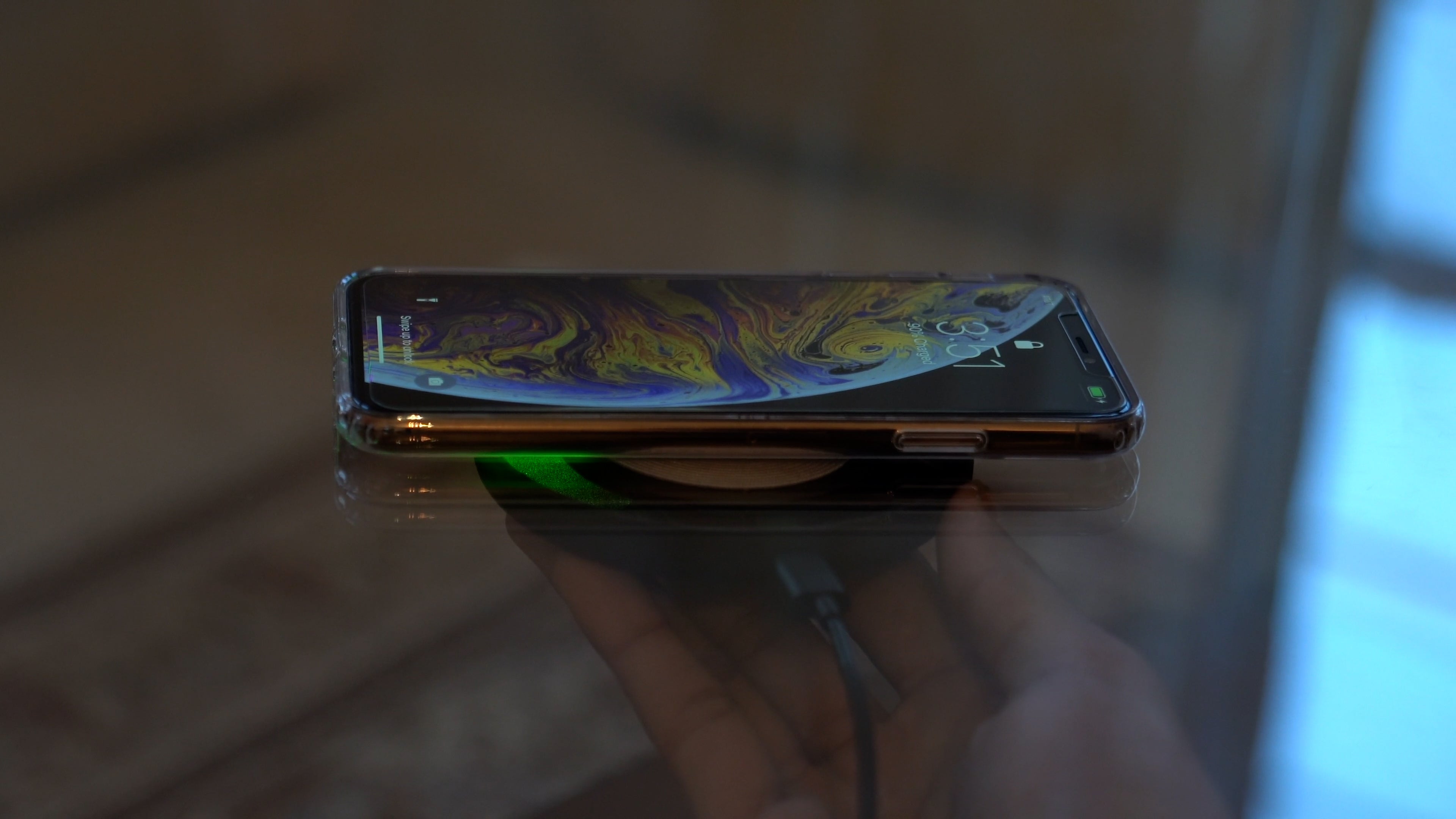It may seem like overly modernistic technology for some but long-range wireless charging is constantly evolving and improving every year. The very thought that you could charge a device without plugging it into a socket seemed so foreign just a few years ago, and yet, we nowadays enjoy a full bloom of wireless-charging smart devices and the technology seems to get even better by the minute.
You might be aware that nowadays most smart devices are Qi-compatible, or at least most of the popular ones. Gone are the days when wireless charging was seen as a gimmick, the technology has come such a long way over these past few years that it is almost inconceivable that a high-end smartphone or tablet would be released these days without a Qi-charging component.
Before we delve into how does long-range wireless charging work from a technical standpoint, we should first make an effort to understand just how practical the technology is and how much potential for improving the future holds in this department.
An ever-changing technology
What makes groundbreaking devices like InvisQi succeed in such a highly competitive and ever-changing environment is the technological understanding that a wireless charger needs to deliver a fluent and consistent inductive charge without any fluctuation or losses in such a highly streamlined process.
While standard Qi chargers struggle with delivering a continuous charge through thick surfaces, a handful of chargers have engineered stronger induction modules that can penetrate virtually any non-metal surface of any reasonable thickness.
With the Qi Standard becoming widely available for all high-end devices, you should always be on the lookout for a charger that can deliver not only a fluent charge but also range in a consistent and dependable fashion by making use of the latest long-range wireless charging technology in the industry.
InvisQi is one such charger, an impressively well-engineered device that can penetrate surfaces of up to 30 mm thick or even more. Bear in mind that the thicker the surface, the more likely it is for the charge to lose strength and reach.
A monument to human ingenuity
Few would have thought in 1831 when the theory of wireless electricity transfer was first developed that it would come so far and reach such heights. Since the days of Faraday and Tesla, wireless charging has always been every electrical engineer's holy grail, a seemingly unattainable goal that has since turned into a very tangible reality.
Needless to say, only a handful of wireless chargers can reach the standards that the scientists of yesteryear prophesied and InvisQi is surely among them. If anything, it is more or less the epitome of consistent trial & error, a culmination of years of hard work and meticulous research.
Technology has surely come a long way over the years and you owe it to yourself if you are ever in the market for a long-range wireless phone charger to at least consider what the market has in store before committing to a specific build or model.





Leave a comment
This site is protected by hCaptcha and the hCaptcha Privacy Policy and Terms of Service apply.